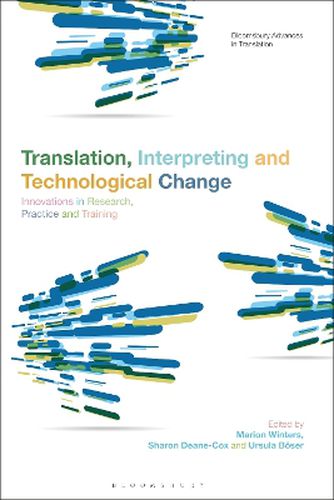Readings Newsletter
Become a Readings Member to make your shopping experience even easier.
Sign in or sign up for free!
You’re not far away from qualifying for FREE standard shipping within Australia
You’ve qualified for FREE standard shipping within Australia
The cart is loading…






The digital era is characterised by technological advances that increase the speed and breadth of knowledge turnover within the economy and society. This book examines the impact of these technological advances on translation and interpreting and how new technologies are changing the very nature of language and communication.
Reflecting on the innovations in research, practice and training that are associated with this turbulent landscape, chapters consider what these shifts mean for translators and interpreters. Technological changes interact in increasingly complex and pivotal ways with demographic shifts, caused by war, economic globalisation, changing social structures and patterns of mobility, environmental crises, and other factors. As such, researchers face new and often cross-disciplinary fields of inquiry, practitioners face the need to acquire and adopt novel skills and approaches, and trainers face the need to train students for working in a rapidly changing landscape of communication technology. This book brings together advances and challenges from the different but intertwined perspectives of translation and interpreting to examine how the field is changing in this rapidly evolving environment.
$9.00 standard shipping within Australia
FREE standard shipping within Australia for orders over $100.00
Express & International shipping calculated at checkout
The digital era is characterised by technological advances that increase the speed and breadth of knowledge turnover within the economy and society. This book examines the impact of these technological advances on translation and interpreting and how new technologies are changing the very nature of language and communication.
Reflecting on the innovations in research, practice and training that are associated with this turbulent landscape, chapters consider what these shifts mean for translators and interpreters. Technological changes interact in increasingly complex and pivotal ways with demographic shifts, caused by war, economic globalisation, changing social structures and patterns of mobility, environmental crises, and other factors. As such, researchers face new and often cross-disciplinary fields of inquiry, practitioners face the need to acquire and adopt novel skills and approaches, and trainers face the need to train students for working in a rapidly changing landscape of communication technology. This book brings together advances and challenges from the different but intertwined perspectives of translation and interpreting to examine how the field is changing in this rapidly evolving environment.